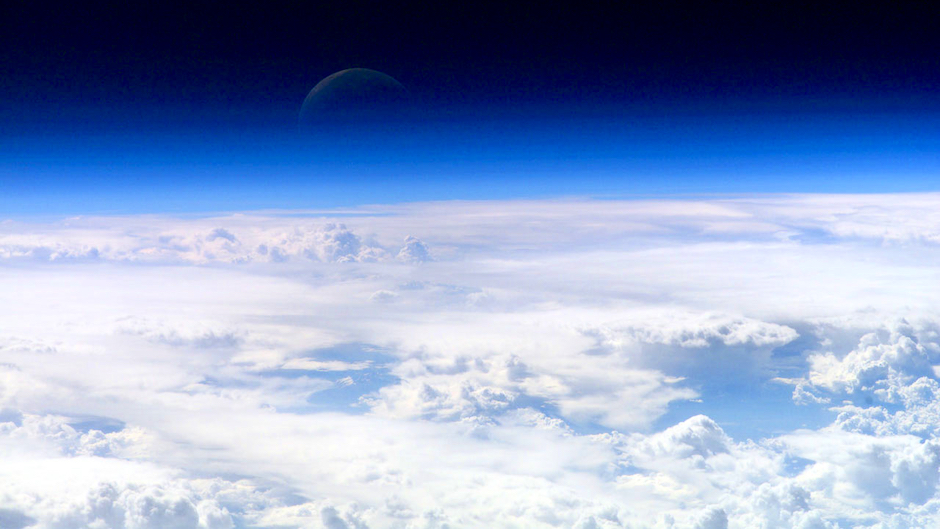A team of scientists found that carbon dioxide becomes a more potent greenhouse gas as more is released into the atmosphere.
The new study, led by scientists at the University of Miami Rosenstiel School of Marine, Atmospheric, and Earth Science, was published in Science and comes as world leaders meet in Dubai, United Arab Emirates, this week for the United Nations Climate Change Conference COP28.
“Our finding means that as the climate responds to increases in carbon dioxide, carbon dioxide itself becomes a more potent greenhouse gas” said the study’s senior author Brian Soden, a professor of atmospheric sciences at the Rosenstiel School. “It is yet further confirmation that carbon emissions must be curbed sooner rather than later to avoid the most severe impacts of climate change.”
In this study, the researchers used state-of-the-art climate models and other tools to analyze the effect increasing CO2 has on a region of the upper atmosphere — known as the stratosphere — that scientists have long known cools with increasing CO2 concentrations. They found that this stratosphere cooling causes subsequent increases in CO2 to have a larger heat-trapping effect than previous increases, causing carbon dioxide to become more potent as a greenhouse gas.
The amount of heat trapped in the atmosphere from a proportionate increase in CO2, which scientists refer to as radiative forcing, has long been thought of as a constant that does not change over time.
“This new finding shows that the radiative forcing is not constant but changes as the climate responds to increases in carbon dioxide,” said Ryan Kramer, a physical scientist at the National Oceanic and Atmospheric Administration’s (NOAA) Geophysical Fluid Dynamics Laboratory and alumnus of the Rosenstiel School.
Carbon dioxide leads to global warming by trapping heat energy in the climate system.
“Future increases in CO2 will provide a more potent warming effect on climate than an equivalent increase in the past,” said the study’s lead author Haozhe He, who completed the work as part of his Ph.D. studies at the Rosenstiel School. “This new understanding has significant implications for interpreting both past and future climate changes and implies that high CO2 climates may be intrinsically more sensitive than low CO2 climates.”
The work was conducted using a suite of climate model simulations provided by The Coupled Model Intercomparison Projects (CMIP), which provide a series of coordinated experiments performed by dozens of the world’s most comprehensive climate models, in support of the IPCC assessments. To make their work conclusive beyond the simulated world of climate models, the research team also performed numerous “offline” radiative flux calculations with highly accurate radiative transfer models as well as analytical models.
The study, titled “State-dependence of CO2 forcing and its implications for climate sensitivity,” was published in the Dec. 1 issue of the journal Science. Nadir Jeevanjee from NOAA’s Geophysical Fluid Dynamics Laboratory is also a coauthor of the study.
The research was supported by NOAA grants NA18OAR4310269 and NA21OAR4310351) and the National Aeronautics and Space Administration (Science of Terra, Aqua and Suomi-NPP NASA grant 80NSSC21K1968).

